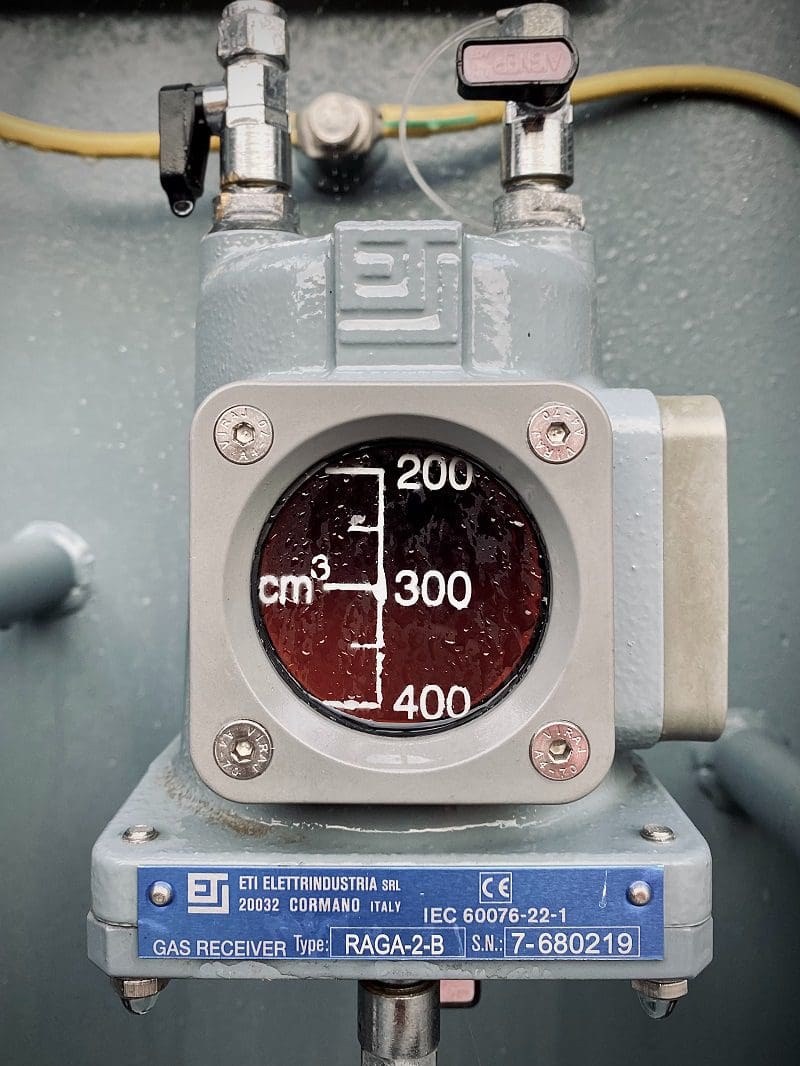Russia’s decision to invade Ukraine one year ago has sent economic shock waves throughout Russia, Europe, and across the globe.
The United Kingdom and members of the European Union (EU) – along with the United States, Australia, Canada and Japan – agreed to participate in a variety of actions designed to reduce revenues to Russia from the sale of petroleum products and natural gas.
The first action prohibited insurance companies based in these countries from insuring shipping companies that transport cargoes of Russian crude oil unless the oil was purchased below $60 per barrel. The sanction became effective on Dec. 5.
On Feb. 5, a $100 price cap on diesel and a $45 cap on fuel oil were slated to become effective, but there continues to be disagreements on implementation.
Natural gas imports from Russia to Europe have declined and are expected to drop further. Between January and October 2022, Russia delivered 1.4 trillion cubic feet (Tcf) of natural gas via various pipelines to Europe, a large decrease compared to 2.9 Tcf delivered during the same period in 2021, according to the Energy Information Administration (EIA) at the US Department of Energy.
The overall impact on Russia’s ability to find buyers for its crude oil and natural gas is difficult to determine.
The International Energy Agency (IEA) reports that Russian oil exports fell by 200,000 barrels per day (b/d) in December to 7.8 million b/d, as crude shipments to the EU declined after the EU crude embargo and price cap came into effect. Russia’s revenues declined by $3 billion in December to $12.6 billion compared to December 2021, according to IEA.
Additionally, Russia threatened to cut off all exports to all countries that participate in the sanctions.
The impact on U.S. energy supplies, demand, and price was up and down last year.
Crude oil demand increased as did production, but production did not keep pace with demand and inventories declined. The price for West Texas Intermediate rose from $70 per barrel in January to $110 in the summer and closed the year at $70.
Natural gas also had an up-and-down year going from $3.815 on Jan. 1, 2022 to $9.322 in June to $3.988 on Jan. 1 this year.
EIA, IEA, and OPEC all believe global demand will increase this year by about 1 percent, and Russia will have to seek different markets outside the EU for its energy exports. China and India have been key buyers.
On a final note, President Biden criticized the American oil industry – again – during his State of the Union address. His remarks were nothing new. The new part came when he went off his prepared remarks and said there is a movement to shutdown oil production and refining in the U.S., “but we are going to need oil for at least another decade.” The audience erupted in laughter at the irony of his comments. While his administration enacts policies to reduce oil production, President Biden believes in the need for oil in the future.
Alex Mills is the former President of the Texas Alliance of Energy Producers.
Alex Mills is the former President of the Texas Alliance of Energy Producers. The Alliance is the largest state oil and gas associations in the nation with more than 3,000 members in 305 cities and 28 states.





